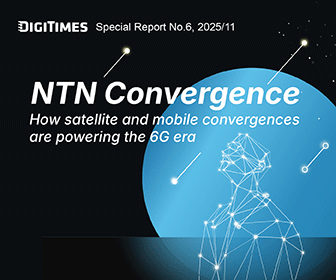The US Department of Energy estimates the country will need to add 200 GW of nuclear capacity by 2050 to meet its net-zero targets and phase out coal-fired power plants. That translates to roughly 200 new reactors.
However, following the completion of the Vogtle Unit 4 reactor in Georgia, expected to enter service in 2024 after a decade of construction, no new large-scale nuclear plants are being built. Key challenges include stricter safety regulations after Fukushima and rising material costs, which have driven up construction expenses—Vogtle Unit 4 alone ran billions over budget. Public concerns over radiation and nuclear waste also persist.
However, surging demand for electricity, fueled by data centers and blockchain mining, has led companies like Microsoft to announce plans for massive digital campuses with power requirements of up to 10 GW. Microsoft has even signed a contract to purchase power from the planned restart of the Three Mile Island Unit 1 reactor, which was unaffected by the 1979 nuclear accident and shut down only in 2019. The restart, set to take about three years, reflects the company's bid to secure energy for its AI operations, even at premium rates.
While reviving old reactors presents hurdles—such as securing outdated components, community opposition, and meeting modern safety standards—there's growing interest in converting decommissioned coal plants into nuclear facilities to leverage existing transmission infrastructure and save costs.
In parallel, both government and private sectors are exploring Small Modular Reactors (SMRs) and Microreactors (MMRs) as more cost-efficient, faster-to-build alternatives. These designs, which are gaining traction, may start commercial operation by 2030. Many SMR/MMR projects have received construction approvals, and some use cutting-edge technologies like Molten Salt Reactors (MSR) and Very-High-Temperature Reactors (VHTR), alongside advanced fuel types like TRISO particles, which offer higher safety margins.
Leading players include X-Energy, Ultra Safe Nuclear, Westinghouse, and Kairos Power, all of which are developing various reactors with Department of Energy backing. Major deals have already been inked—X-Energy has secured investment from Amazon, while Google has contracted with Kairos Power for future projects. Despite this, some initiatives, like NuScale Power's six-unit project in Idaho, have been canceled due to a lack of buyers.
Meanwhile, interest in nuclear fusion remains high, though the technology is still decades away from commercial viability. Despite its promise of near-limitless clean energy, achieving the temperatures and materials needed for sustained fusion remains a distant goal.




